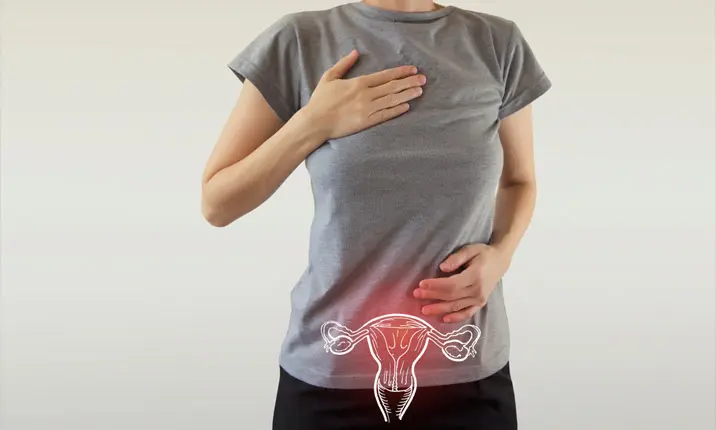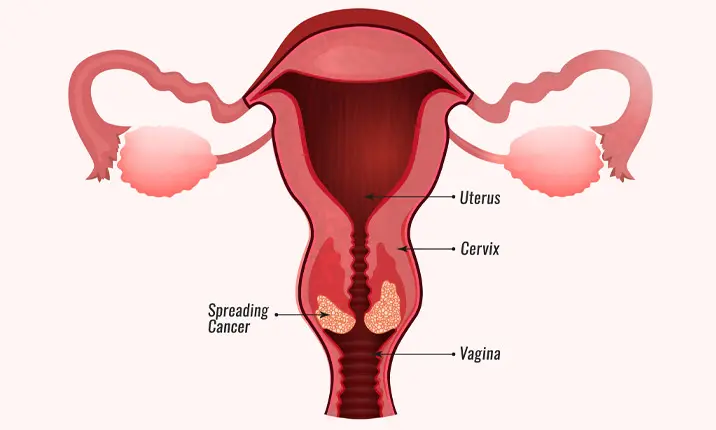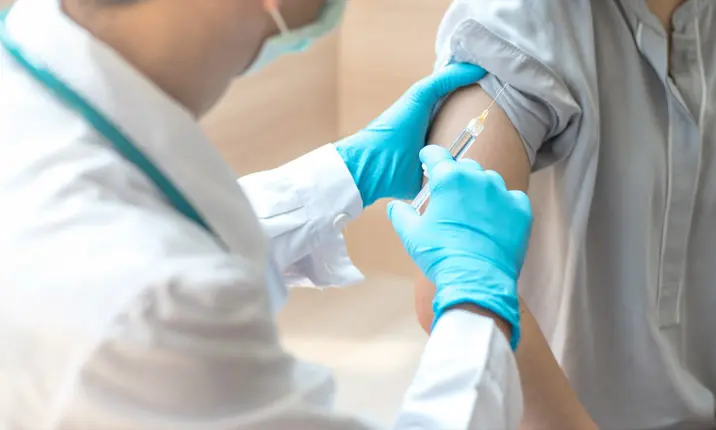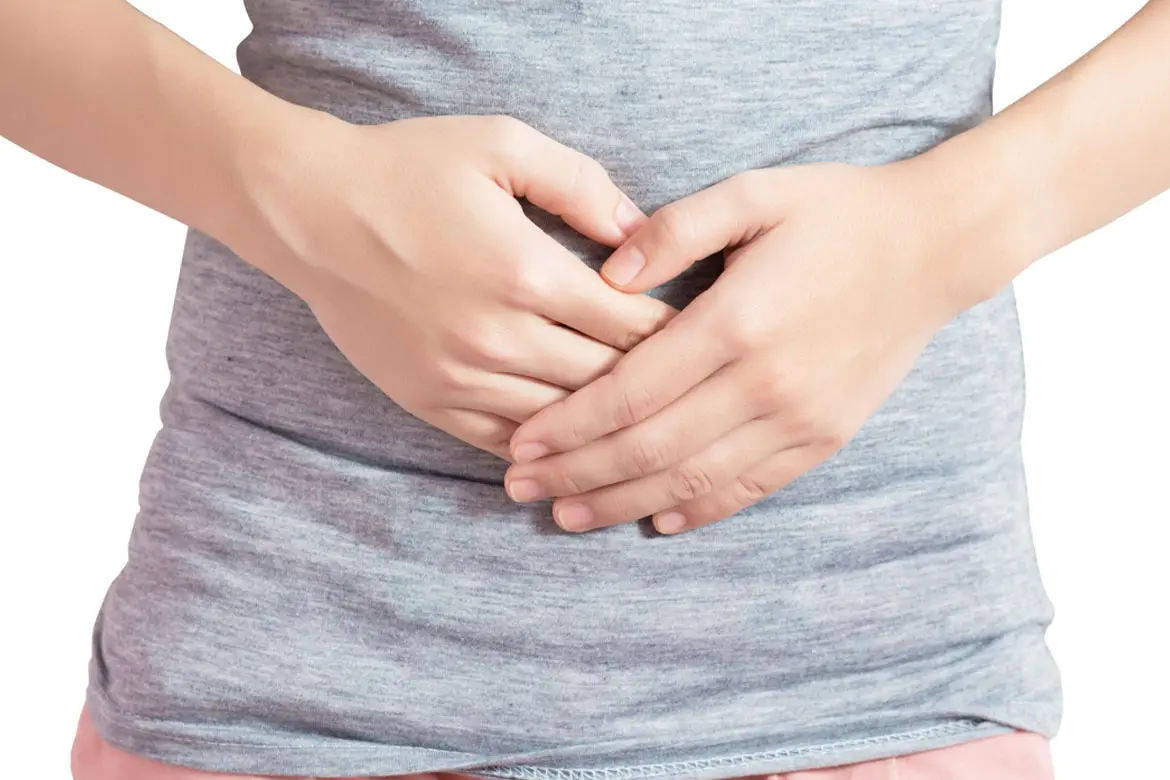Dr Fong Kah Leng, obstetrician and gynaecologist at Mount Elizabeth Hospital, talks about the relationship between HPV and cervical cancer, and why the HPV vaccine can help protect you.
What is cervical cancer?
Cervical cancer begins in the cells of the cervix, the lower part of the uterus that connects to the vagina.
Worldwide, cervical cancer is the 2nd most common cancer in women. Approximately half a million new cases are diagnosed each year and it is a major cause of gynaecological deaths.
In Singapore, it is now the 10th most common women's cancer, with the highest incidence in women in their 40s and 50s. Its incidence has decreased significantly over the years thanks to improvements in screening and early treatment.
What is the link between cervical cancer and HPV?
Virtually all cervical cancers are associated with the human papillomavirus (HPV). When cells in the cervix are exposed to HPV, the body's immune system is usually able to fight the virus. However, in some people the virus survives for years, causing changes in the cells of the cervix that eventually become cancerous.
There are many strains or types of HPV, and HPV types 16 & 18 account for about 70% of cervical cancer cases. These HPV types can cause cancers of the penis in men as well. HPV can also cause cancers of the mouth, throat and anus in both men and women.
How does the HPV infection spread?
HPV infection is spread through sexual contact or skin-to-skin contact. HPV infection is very common, and most people with HPV infection do not develop cancer.
However, in some women, the HPV infection persists and causes changes in the cells of the cervix. This abnormality is detectable by a Pap smear as well as specific HPV tests. With further investigation via colposcopy and appropriate surgical treatment, the abnormal cells can be prevented from developing into cervical cancer.
What are the symptoms of cervical cancer?
Cervical cancer is a cancer arising from the cervix. It is due to the abnormal growth of cells that have the ability to invade or spread to other parts of the body.
Women with early cervical cancers usually have no symptoms.
Symptoms often do not begin until the cancer becomes invasive and grows into nearby tissue.
When this happens, the most common symptoms of cervical cancer are:
- Abnormal vaginal bleeding
- Unusual discharge from the vagina
- Pelvic pain, or pain during sex. While bleeding after sex may not be due to a serious condition, it may indicate the presence of cervical cancer
How is cervical cancer treated?
The treatment of cervical cancer varies worldwide, depending on the access to surgeons skilled in radical pelvic surgery, and the availability of 'fertility-sparing therapy' for some candidates which retains their ability to have children.
Radiation therapy may be used in all stages where surgical options do not exist. Surgical intervention may have better treatment success than radiological approaches. An effective surgery would mean that the entire cancer must be removed with no cancer found at the margins of the removed tissue on examination under a microscope.
Surgery
Surgery is performed to remove as much of the cancerous cells as possible. An effective surgery would mean that the entire cancer must be removed with no cancer found at the margins of the removed tissue on examination under a microscope. The extent of surgery depends on how far the cancer has spread and may involve removing the cervix as well as other organs in the pelvic area.
Types of surgery include:
Surgery to remove the cancerous cells (cone biopsy)
A cone biopsy can be performed when the cancer is still small and has not spread. In this procedure, a cone-shaped piece of cervical tissue is removed. With this option, women are still able to bear children.
Surgery to remove the cervix (trachelectomy)
When cervical cancer is still in its early stages, a trachelectomy or radical trachelectomy may be performed to remove the cervix and some of the surrounding tissue. The uterus remains intact, allowing the possibility for bearing children.
Surgery to remove the cervix and uterus (hysterectomy)
A radical hysterectomy involves removing the cervix, uterus, part of the vagina and nearby lymph nodes. This can prevent the cancer from recurring, but removal of the uterus means it will not be possible for a woman to become pregnant.
Surgical intervention may have better treatment success for cervical cancer compared to radiological approaches.
Radiation therapy
Radiation therapy uses high-energy X-ray beams to kill cancer cells. It can be delivered externally, known as external beam radiation therapy, or internally by placing a radioactive material inside the vagina for a short time, known as brachytherapy.
Radiation therapy is sometimes used together with chemotherapy, and may be used in all stages of cervical cancer where surgical options do not exist.
For women who have not reached menopause yet, radiation therapy may cause menopause so you should speak to your doctor about your options if you plan to have children.
Chemotherapy
Chemotherapy uses chemicals to kill cancer cells. It may be administered orally or intravenously, and low doses help to enhance the effects of radiation therapy in locally advanced cervical cancer. In cases of very advanced cervical cancer may require higher doses to control symptoms.
Cervical cancer treatment and fertility
Conventional treatment for cervical cancer which involves removal of the womb or uterus or radiation therapy will make it impossible to get pregnant. However, there are some treatments help to preserve fertility and you may also consult with a fertility specialist to discuss other options, such as egg freezing.
Cone biopsy
As mentioned above, a cone biopsy only removes a cone-shaped section of the cervix, leaving the reproductive system intact.
Trachelectomy
A trachelectomy only removes the cervix, making it possible to get pregnant. However, there is a higher risk of miscarriage and premature birth.
Ovarian transposition
In cases where radiation therapy is needed, but the ovaries are unaffected, an ovarian transposition surgically moves the ovaries higher up in the abdomen. This removes the ovaries from the field of radiation, which may allow the ovaries to continue functioning after radiation therapy.
Cervical cancer prevention
There are several steps you can take to reduce your risk for developing cervical cancer:
Screening tests
Screening tests such as Pap smears or HPV tests can help to detect cancer early.
During a Pap smear, cells are collected from the cervix and examined for the presence of pre-cancerous or cancerous cells. All women aged 21 and above who have ever had sex or are sexually active should have regular Pap smears, including those who have already received the HPV vaccination.
HPV tests look for high-risk types of HPV that are more likely to lead to cervical cancer.
In women 30 years and older, screening with both the Pap test and the HPV test (co-testing) lowers the number of cases of cervical cancer.
HPV vaccination
The HPV vaccine can help to provide protection against certain strains or types of HPV, mainly the ones that are most commonly linked to cervical cancer. It is a preventive measure and does not treat an existing infection, so it is recommended for children and younger people who are less likely to have been exposed to HPV.
Lifestyle changes
Ways to reduce exposure to HPV include delaying first sexual intercourse, having fewer sexual partners, and avoiding sexual activity with individuals who have multiple partners. Quitting smoking is also believed to reduce the risk for cervical cancer.
What is the HPV vaccine?
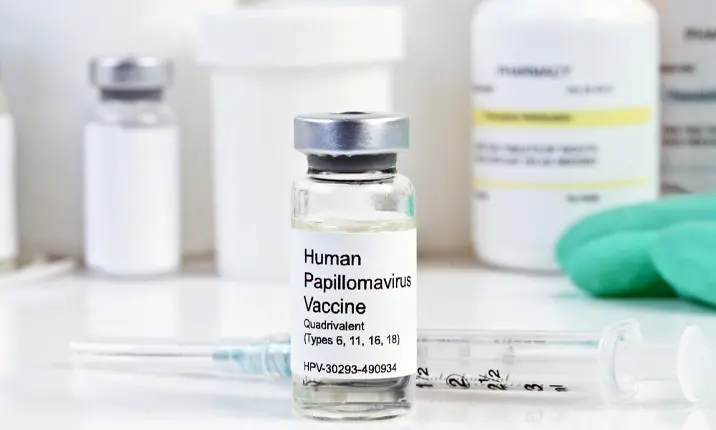
In Singapore, the available HPV vaccines are:
| Protect against the following HPV subtypes | Approved indications | |
|---|---|---|
| Cervarix | 16, 18 | Prevention of cervical cancer and premalignant cervical lesions caused by HPV types 16 and 18 |
| Gardasil | 6, 11, 16, 18 | Prevention of cervical, vulvar, vaginal and anal cancer caused by HPV types 16 and 18 Prevention of premalignant cervical, vulvar, vaginal and anal lesions caused by types 6, 11, 16 and 18 Prevention of genital warts caused by types 6 and 11 |
| Gardasil 9 | 6, 11, 16, 18, 31, 33, 45, 52, 58 | Prevention of cervical, vulvar, vaginal and anal cancer caused by HPV types 16, 18, 31, 33, 45, 52 and 58 Prevention of dysplastic, premalignant cervical, vulvar, vaginal and anal lesions caused by types 6, 11, 16, 18, 31, 33, 45, 52 and 58 Prevention of genital warts caused by types 6 and 11 |
What does the HPV vaccine do?
Widespread immunisation with the HPV vaccine could reduce the impact of cervical cancer worldwide.
The current vaccines can prevent most cases of cervical cancer, if given before the individual is exposed to the virus.
In theory, vaccinating boys against the types of HPV associated with cervical cancer might also help protect girls from the virus by possibly decreasing the spread of the virus. Certain types of HPV have also been linked to cancers in the mouth and throat, so the HPV vaccine likely offers some protection against these cancers, too. At this time in Singapore however, the HPV vaccine is only recommended for girls and women.
Research has shown that receiving the vaccine at a young age isn't linked to an earlier start of sexual activity. Also, response to the vaccine is better at younger ages than it is at older ages.
Frequently-asked questions about HPV vaccines
Who should get the HPV vaccine?
The HPV vaccine is highly recommended but not compulsory for girls and women aged 9 to 26 years old. Cervarix and Gardasil (but not Gardasil 9) are included in the National Childhood Immunisation Schedule (NCIS) and the National Adult Immunisation Schedule (NAIS). Boys may receive Gardasil or Gardasil 9 for protection against genital warts, premalignant disease of the anal canal and anal cancer but the HPV vaccination for boys is presently not included in the NCIS.
Are there side effects from the HPV vaccine?
The HPV vaccine is generally well-tolerated, with few side effects beyond some pain, swelling and redness at the site of the injection. A fever is also common.
Does the HPV vaccine help if you're already sexually active?
Yes. You could still benefit from the vaccine as it can protect you from the virus strains that you may have not been exposed to. However, the vaccines can't protect you from the strains of HPV that you have already been exposed to.
Should I get the HPV vaccine if I'm already infected with HPV?
The HPV vaccine only prevents infection from certain strains, and does not treat an existing infection. However, it may still protect you from strains that you have not been exposed to.
Where can I get the HPV vaccine?
The HPV vaccine is available to Secondary 1 female students for free under the school-based vaccination programme, and a catch-up programme commenced in 2019 for female students in other levels of secondary schools.
The HPV vaccine is also available at many clinics and hospitals including Mount Elizabeth Hospitals.
How much does the HPV vaccine cost?
A full course of HPV vaccinations, which includes 3 shots, can vary widely depending on where it is offered. The price of one dose of Gardasil 9 can range between S$300 – $450. This does not include doctor fees and other administration fees that may be charged.
There are also many options to help pay for HPV vaccinations. In addition to the school vaccination programme which is available for free to all female students in secondary schools, the Medisave500 scheme permits patients to use up to S$500 per Medisave account per year to pay for HPV vaccination for females aged 9 to 26 years. This is only applicable for Cervarix or Gardasil, and parents may use their own Medisave or that of their immediate spouse or parents.
Summary
HPV vaccination reduces the chances of getting cervical cancer. It works by preventing the infection of specific types of cancer-causing HPV strains. While preventing specific types of HPV, the vaccines do not protect you against all cancer-causing HPV sub-types. About 30% cervical cancer cases are caused by HPV sub-types which the vaccines do not protect you from.
For this reason, vaccinated women should still go for regular Pap smears, as the vaccines only protect against certain strains. Regular Pap smears will help to detect cervical cancer early, allowing early treatment, which often results in more positive outcomes.
Consider getting a gynaecologist to assist you in maintaining your gynaecological health, provide early cancer detection, as well as provide individualised management and treatment of your specific conditions.


